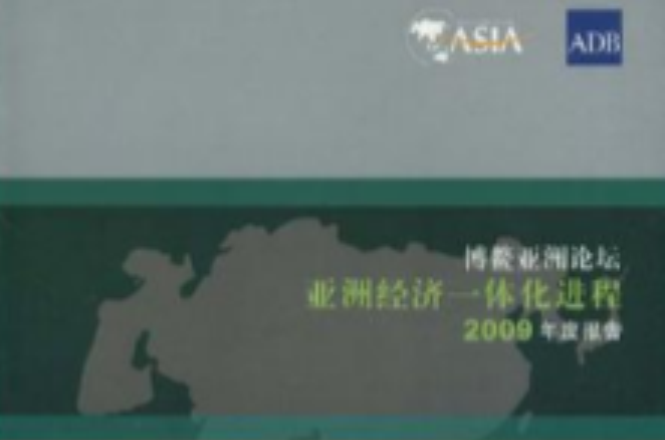圖書信息
出版社: 對外經濟貿易大學出版社; 第1版 (2010年3月1日)
外文書名: The Boao Forum for Asia Progress of Asian Economic Integration Annual Report 2009
平裝: 90頁
正文語種: 英語
開本: 16
ISBN: 7811344866, 9787811344868
條形碼: 9787811344868
尺寸: 27.4 x 21.2 x 0.8 cm
重量: 358 g
內容簡介
《博鰲亞洲論壇亞洲經濟一體化進程2009年度報告(英文版)》內容簡介:This report represents a report card on the progress of economic integration in Asia under the currentglobal financial crisis. It describes some of the major economic issues in the Asia-Australia region in the past,especially those events in the year 2009.
The report describes in detail the impacts of the global financial crisis on Asia, how the Asian economiesperformed during the crisis, how they responded to the hardship caused by the global financial crisis andthe encouraging signs that Asia is leading the world on the recovery path. Notably, China and India, the twomost populous and fast-growing economies were able to maintain positive growth throughout the crisis.Their outstanding performance in growth and recovery have contributed substantially to the global efforts toovercome the current difficulties.
With the severity of the global financial crisis Asia stood firm to intensify its efforts for closer economiccooperation among its members. The Asian economies are more inter-dependent on each other than everbefore, with freer movements of goods, services, and capital. Faced with rising global protectionism, Asiacalled for greater trade and today's Asia has emerged as a great guardian of the free global trading system.
The report also examines the progress of economic integration and cooperation in Asia, including theASEAN Plus Three process, the APEC and the possibility of fulfilling its goal of becoming a free trade area,the progress of economic integration in sub-regions of Asia. As a matter of fact, the process of economicintegration in Asia is very much alive and is moving forward at a steady speed.
The Copenhagen Meeting, the environmental issues and the work done by the Asian governments arenot ignored in this report.The significance of these issues is that in terms of climate change and environmentalprotection, there has not been any formal cooperation framework among Asian members. Thus, the issuesprovide new opportunities for intensified regional cooperation.
Asia is leading the world on the recovery path after the global financial crisis, and there is strongevidence that Asia will continue to maintain its vitality and dynamism. No doubt, economic integration inAsia is intensifying, with more intensive and extensive cooperation and mutual dependence among theeconomies, through the channels of trade, investment, finance, and macroeconomic coordination. We trustthat the Asian members will make continued and joint efforts to overcome the current financial crisis andfulfill the goal of an integrated Asia.
目錄
ACRONYMS
ACKNOWLEDGEMENTS
FOREWORD
LIST OF CONTRIBUTORS
Chapter 1 The Asian Economies under the Global Financial Crisis: Recovery and Growth ..
1.1 Recovery and Growth of the Asian Economies
1.2 Responses of the Central Banks of the Asian Economies
1.3 Protectionism and Its Containment
Chapter 2 Trade and Investment Flows
2.1 Foreign Trade of Asian Economies
2.2 Foreign Direct Investment
Chapter 3 Regional Cooperation and Economic Integration of the Asian Economies
3.1 Dramatic Rise of Regional Trade Agreements
3.2 ASEAN+3 and Beyond
3.3 APEC: A Possible FreeTrade Area
3.4 Regional Economic Cooperation
3.5 The Degree of Correlation among the Asian Economies
Chapter 4 The Copenhagen Meeting and the Environment:A New Challenge for Cooperation in Asia
4.1 Joint Efforts of China and india at the Meeting
4.2 Environmental Situation in Asia
4.3 Efforts of Various Asian Governments
Appendix I Chronological Dates of Economic Integration Agreements in Asia
Appendix Ⅱ Number of FTAs in Asia by Status (1975-January 2010)
REFERENCES

